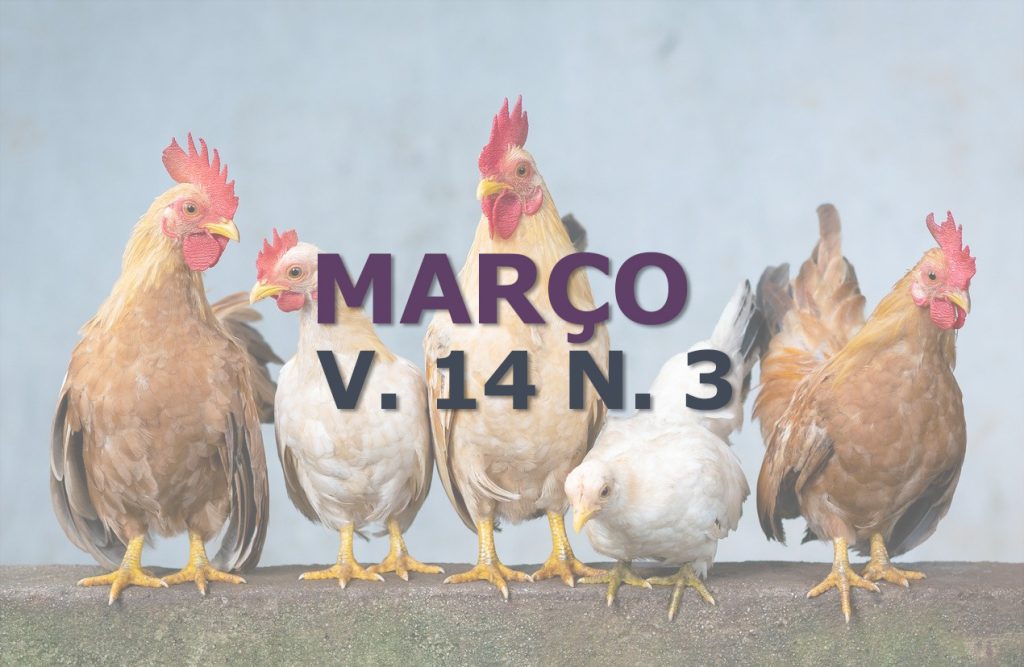Abscess after rumenocentesis in beef cattle subjected to high grain diet
DOI:
https://doi.org/10.31533/pubvet.v14n3a531.1-8Keywords:
Abscess, cattle feedlot, pH, SARA, steersAbstract
To enhance the productivity of beef cattle, it has been used increasingly diets based on grains, which although they provide more energy, alter the pH and ruminal microflora, resulting in a condition called subacute ruminal acidosis syndrome (SARA). Early diagnosis of this disease through analysis of ruminal pH, allows it to be established management interventions, preventing or minimizing the clinical signs. The most recommended technique for this analysis is the rumenocentesis, widely applied in dairy cattle, but little described in beef cattle. Therefore, the objective of this study was to determine whether this technique can be applied repeatedly in bulls subjected to high grain diet. The rumenocentesis was performed by percutaneous puncture at caudo ventral sac of 32 young bulls ½ Angus blood of approximately 350 kg and 11 months of age, in two stages, M0 when it was provided diet composed of roughage and concentrate and M1 composed of 100% concentrate diet. Were analyzed the facility to obtain ruminal fluid, its characteristics and local changes. In M0 was not observed local changes in any of the animals, and all animals in M1 had reactions from small subcutaneous nodules to larger abscesses than 20 cm in diameter. It is believed that complications after rumenocentesis occurred due to animal temper, a higher accumulation of fat in the puncture area and/or due to ruminal fluid characteristics caused by diet, which showed that the rumenocentesis technique devised for cattle milk was not suited to beef cattle subjected to high grain diets.
Downloads
Published
Issue
Section
License
Copyright (c) 2020 Angela Maria Reck , Desiree Vera Pontarolo, Alessandra Mayer Coelho, Bruna Artner, Mikael Neumann, Heloisa Godoi Bertagnon

This work is licensed under a Creative Commons Attribution 4.0 International License.
Você tem o direito de:
Compartilhar — copiar e redistribuir o material em qualquer suporte ou formato
Adaptar — remixar, transformar, e criar a partir do material para qualquer fim, mesmo que comercial.
O licenciante não pode revogar estes direitos desde que você respeite os termos da licença. De acordo com os termos seguintes:
Atribuição
— Você deve dar o crédito apropriado, prover um link para a licença e indicar se mudanças foram feitas. Você deve fazê-lo em qualquer circunstância razoável, mas de nenhuma maneira que sugira que o licenciante apoia você ou o seu uso. Sem restrições adicionais
— Você não pode aplicar termos jurídicos ou medidas de caráter tecnológico que restrinjam legalmente outros de fazerem algo que a licença permita.





